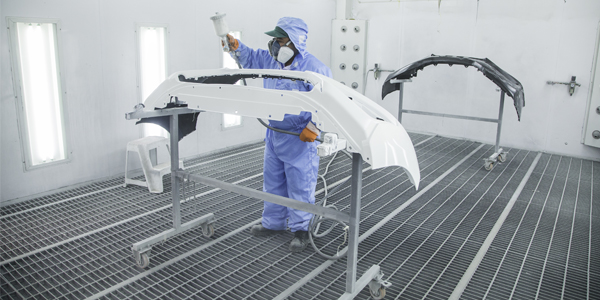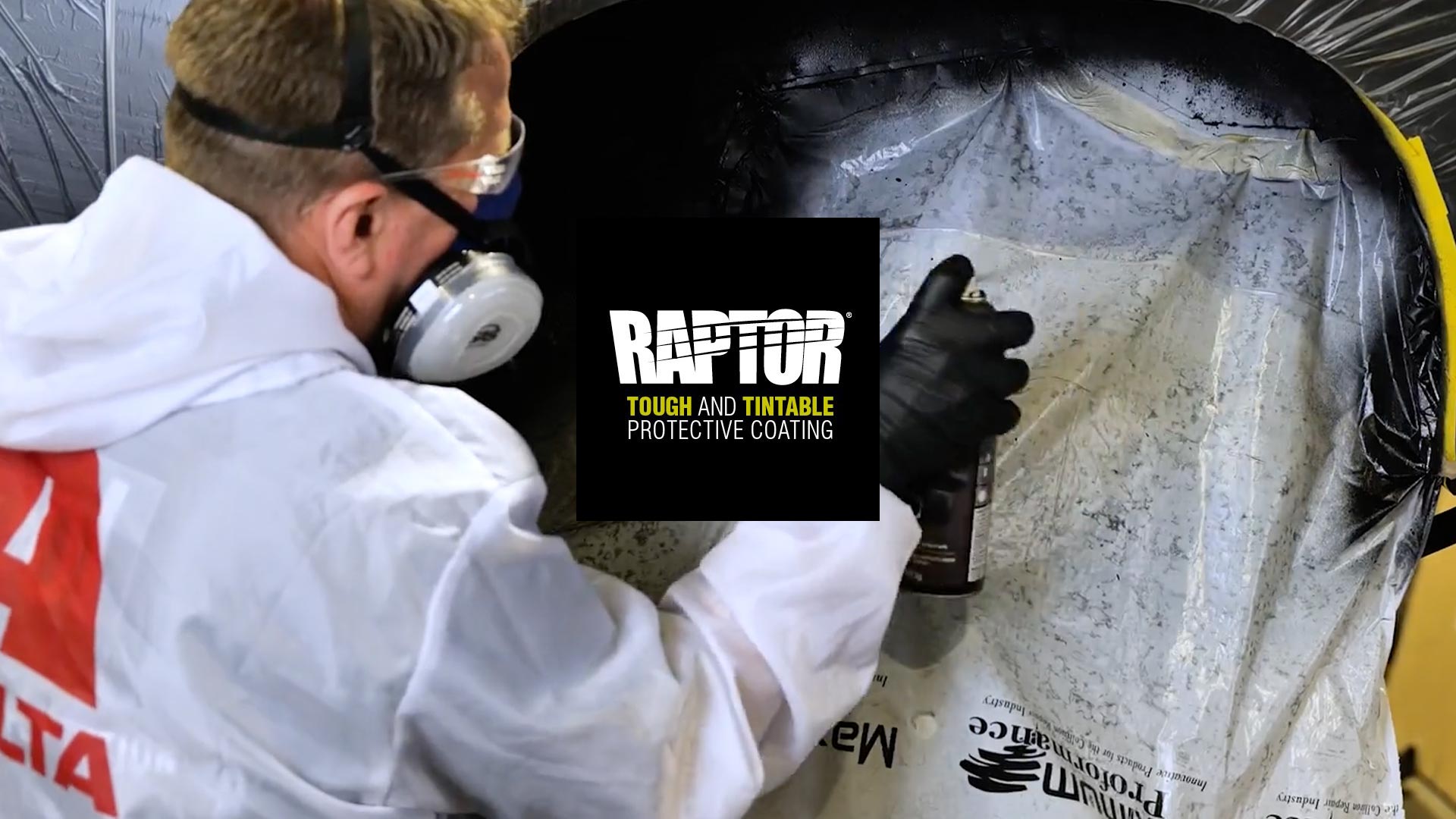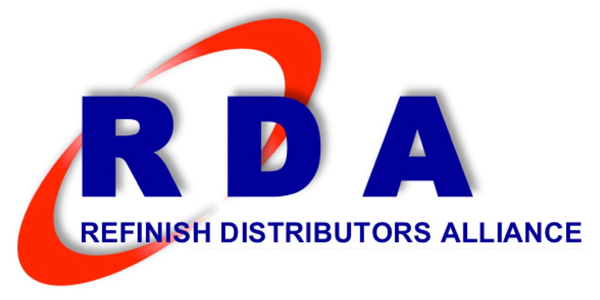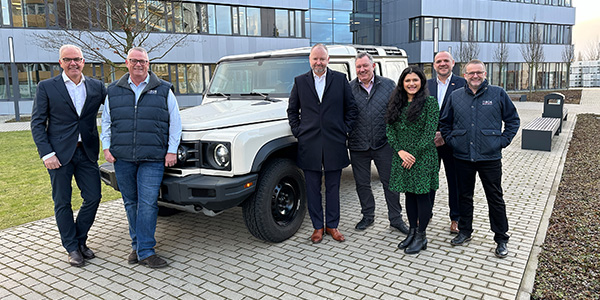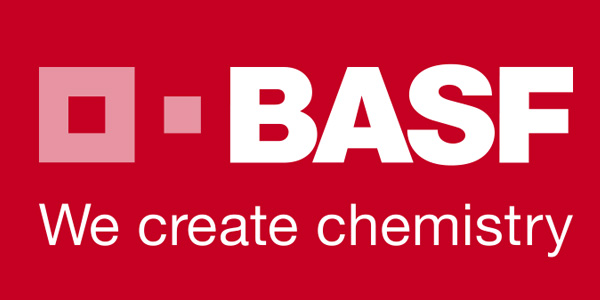This article is the last in a five-part series focused on how collision centers can benefit by working more closely with their PBE distributor to meet the demands of consumers and insurers. And, how distributors will benefit by more effectively responding to the needs of their collision customers.
In the previous articles in this series, I suggested that collision centers and PBE distributors should work together to improve both shop and distributor processes. Also, that distributors need to develop certain core competencies that will enable them to deliver value to the collision center/distributor relationship. I described the importance of an effective inventory fulfillment process (job no. 1 for a distributor), the value of reducing paint and material cost, and improving paint department productivity in order to increase shop performance.
Those attributes overlap and support one another. Greater efficiency and reducing waste (either materials or time) support increased productivity and result in greater collision center output. In this installment, I’ll address the value-added services that both manufacturers and distributors provide and explain the virtue of information transparency.
Delivering Additional Value
PBE distributors pretty much sell the same products, including one or more of the major paint lines. As we’ve said before, there is little that distributors can do to differentiate themselves from a product standpoint. We’ve also dispelled the myth of “price,” since a competitive marketplace means that all distributors must be within a few percentage points of each other in any given market. Neither of those are differentiators for distributors.
In the first article in this series, “Leveraging Relationships with PBE Distributors,” I stated, “Having the vision to address true customer needs and the ability to put people in a position to excel, through effective processes and systems, is the differentiator.” This is where the notion of value-added service comes into play. However, there is a catch that I will explain later.
All major paint companies, many manufacturers of allied lines and an increasing number of distributors have formal “value-added service programs” to help collision centers save cost, increase production, manage their inventories better, etc. A short list includes:
- Ordering and inventory management
- Proactive technical support
- Key performance indicator (KPI) tracking
- Shop evaluations or audits
- Shop layout and design assistance
- Market development tools
- Performance groups
They’re often branded to create a bond with the particular manufacturer or distributor. Sometimes a dollar value is assigned to these programs when negotiating a purchase agreement – and justifiably so, since the manufacturer or distributor (or both) are investing time, resources and often out-of-pocket costs to deliver the program(s) to the customer.
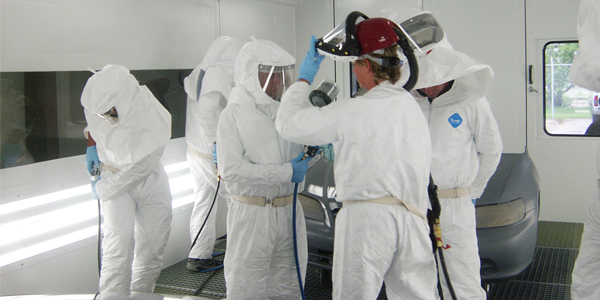
For the most part, these programs are well-designed and function as intended. Some programs such as shop evaluations, layout and design work, and market area analyses are performed by the provider with limited customer involvement. Sometimes these, as well as most other value-added programs, involve ongoing effort on the part of shop management or other personnel. Here’s the catch I referred to earlier:
- A KPI program without timely and accurate shop data is doomed to failure.
- Lack of action or follow-up on a shop audit or evaluation will not achieve the desired results of process improvement, increased output or decreased cost.
- A marketing plan without focused and sustained action will not generate new customers.
- A shop re-organization, or new process SOPs, will not be effective if technicians do not change old habits or if management fails to support recommended changes.
- No change will be sustained without consistent, focused effort by shop management/ownership. Change is difficult. Bad habits must be broken before better habits can be learned and adopted. Follow up and feedback is necessary, at all levels, to reinforce and sustain change.
- Distributors and shop management must agree on priorities, set realistic expectations and determine the actions they can fully support that will achieve the greatest positive impact on a reasonable timeline. In other words: “Pick the low-hanging fruit first!”
The Virtue of Information Transparency
Since this is the last article in the series, I need to include a brief pitch for information transparency.
As distributors, we constantly seek the trust of our customers. In order to do that, we need to demonstrate integrity and trustworthiness every day in everything we do. That is not always easy. Because we’re fallible, we sometimes make mistakes, or otherwise fall short of the mark. When that happens, the only correct response is to admit the mistake, make it right and commit to fixing whatever enabled the mistake to occur.
In my career, I’ve experienced pricing errors, collecting (or not collecting) sales tax on the wrong products, failing to calculate discounts correctly, offending someone, or dropping the ball on a promise or commitment. Confronting those errors makes for challenging conversations. Fixing the tangible impact is relatively easy. Repairing a loss of trust and confidence is more difficult and takes time to earn back.
Being proactive with a maximum amount of transparency is the best way to avoid problems and build a reservoir of trust in case errors occur in the future. While transparency is a virtue, it must be done in the context of maintaining absolute confidentiality on the information the parties deem to be confidential. It starts with clear and unambiguous agreements regarding purchase commitments, pricing, discounts, terms and conditions, and the ongoing status of the agreement. Today’s web-based computer systems allow distributors and manufacturers to readily share appropriate information with collision center managers and even technicians regarding monthly purchases, item purchase histories, A/R amounts due, records of shop visits, VOC information, unit pricing, etc.
If a customer can easily check or verify the price of an item, learn their month-to-date purchases, download safety or technical data sheets, or obtain other useful information online or through an “app,” it saves them a call to the store or salesperson. This also negates the need for those parties to follow up, which may cause them to make multiple calls to resolve. Again, this saves time for both shop and distributor personnel that can be utilized for more productive pursuits.
It’s important for a distributor to be “easy to do business with.” Enabling ready access to information is essential to building a sustainable relationship and filling that reservoir of trust.
Summary
As I stated in the first article: PBE distributors must change!
Having the best products, the best people and the best service is not enough. The landscape of the collision repair industry continues to change at a rapid rate with advancing automotive technology, consolidation of collision centers and PBE distribution, an ongoing challenge to attract capable people and the ever-increasing need for training. Everyone is scrambling for market share while maintaining profitability.
Despite the greater direct involvement of paint manufacturers with end-users, especially the national consolidators, PBE distributors still have an important role to play in serving both collision centers and paint manufacturers. This series of articles was focused on how collision centers can benefit by working more closely with their PBE distributor to meet the demands of consumers and insurers. And, how distributors will benefit by more effectively responding to the needs of their collision customers.
I hope these articles have been thought-provoking and illustrative of the ways that collision centers and PBE distributors support one another as we all deal with a changing environment.
Article series:
What Makes a Good PBE Distributor?
Why Inventory Fulfillment is Job No. 1 for a PBE Distributor
Reducing Your Paint & Materials Cost
Eliminating Bottlenecks in the Paint Booth
John Halstead is director of business support for the Refinish Distributors Alliance (RDA), a group of 18 independent PBE distributors across North America focused on delivering value to its collision industry customers and other refinishers. He has spent 27 years in leadership positions in the PBE industry with Superior Auto Paints, ProFinishes PLUS and National Coatings and Supplies. He also served for 12 years as a consultant, thought leader and training content developer for Collision Management Services in support of BASF, Toyota Motor Sales and numerous other collision groups. His prior background includes an MBA and 12 years with The Carborundum Company. He can be reached at [email protected]. To learn more about RDA, visit www.rda-impact.com.

